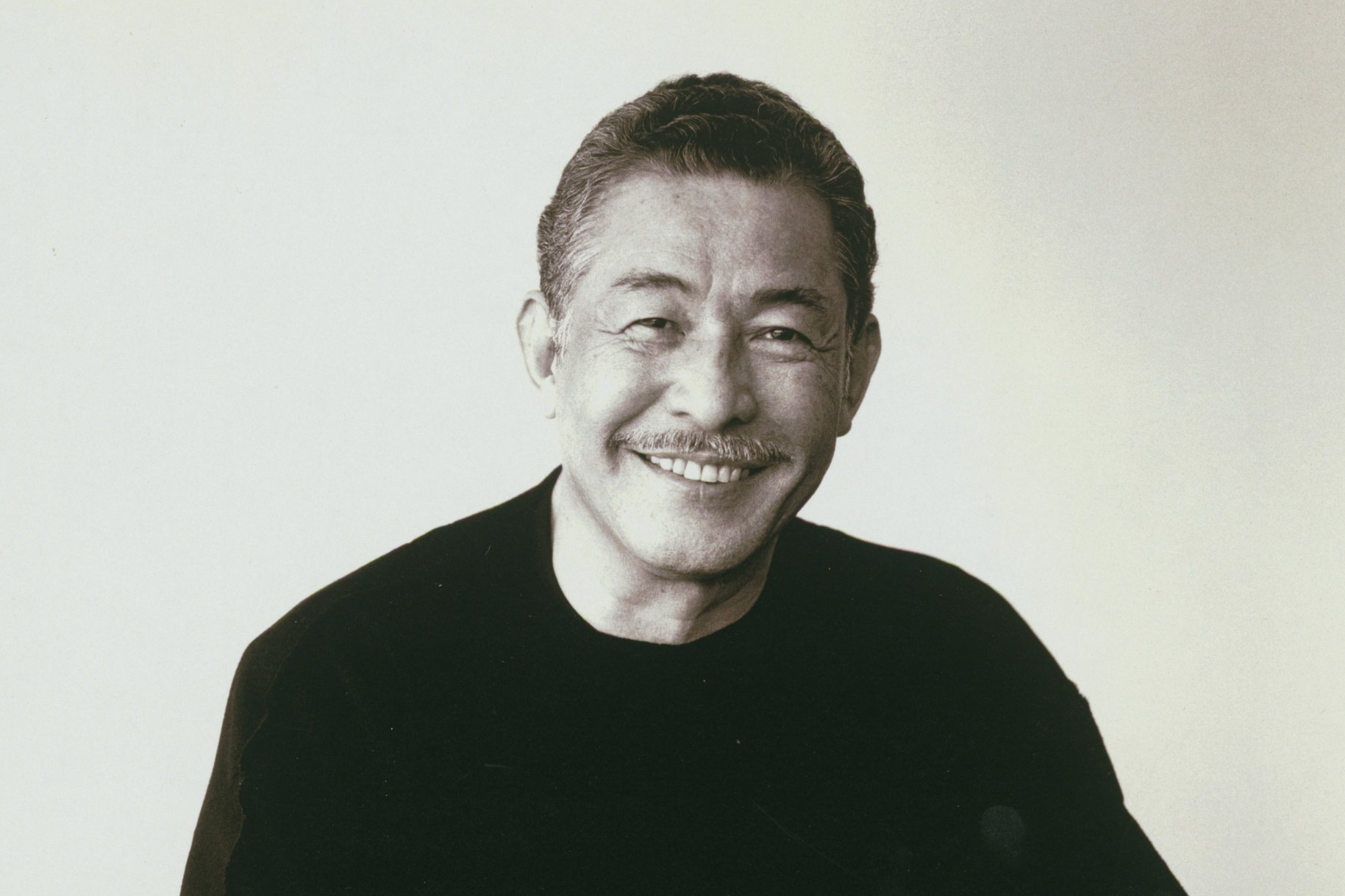News
Issey Miyake (1938–2022)


Hiroshima-born Japanese fashion designer Issey Miyake died from liver cancer on August 5 at the age of 84. Throughout his career, Miyake exhibited at the unique intersection of fashion, art, and technology. Although his garments have long been popular with those in the arts (such as curators), he is perhaps best known for his PLEATS PLEASE ISSEY MIYAKE line, which is dedicated to his patented pleating technique. His other iconic creations include the BAO BAO bag, made of tessellated triangle panels, and the black turtleneck worn by Steve Jobs that defined the look of a generation of Silicon Valley entrepreneurs.
In 1963, Miyake graduated from the department of graphic design at Tama Art University in Tokyo. While at university, he gained his first experience designing clothing under art director Jo Murakoshi at the textile company Toyo Rayon (now Toray Industries, Inc.). After graduating, Miyake moved to Paris, where he worked for Guy Laroche and Hubert de Givenchy, before relocating to New York. He returned to Japan in 1969.
Miyake Design Studio was founded in 1970. In 1973, the studio started presenting its collections in Paris, making Miyake one of the first Japanese designers to do so. By the end of the 1980s, Miyake had established himself as one of the most innovative designers, experimenting with materials beyond cloth, such as wire and plastic. In the 1980s, he also began his collaboration with famed fashion photographer Irving Penn, who defined over a decade of the photographic presentation of Miyake’s work.
Miyake’s dedication to innovation came to full fruition in the 1990s. In 1993, he introduced the new line PLEATS PLEASE ISSEY MIYAKE. From 1996 to 1998, the PLEATS PLEASE Guest Artist Series featured artworks from contemporary artists such as Cai Guo Qiang and Yasumasa Morimura. The series was Miyake’s attempt to bridge the gap between fashion and art, and to create an “interactive relationship between art and the person who admires it.” In 1997, he unofficially retired and turned his attention to research. A year later, he started to work on A-POC (A Piece of Cloth), which allowed threads to be knitted with a programmed machine. An early prototype of A-POC is in the Museum of Modern Art’s permanent collection in New York.
In 2004, he established the Miyake Issey Foundation, a space for creatives to explore craftsmanship and innovation in design. Further demonstrating his dedication to innovation, he established a team at Miyake Design Studio named Reality Lab—the research and development branch of the studio—which culminated with the “REALITY LAB” exhibition in 2010 at 21_21 DESIGN SITE.
Although Miyake leaves significant legacies in the field of fashion, it should be noted that he once told Paris Voice: “I’m not a fashion designer. Anything that’s ‘in fashion’ goes out of style too quickly. I don’t make fashion. I make clothes.”
Tiffany Luk is ArtAsiaPacific’s associate editor.







